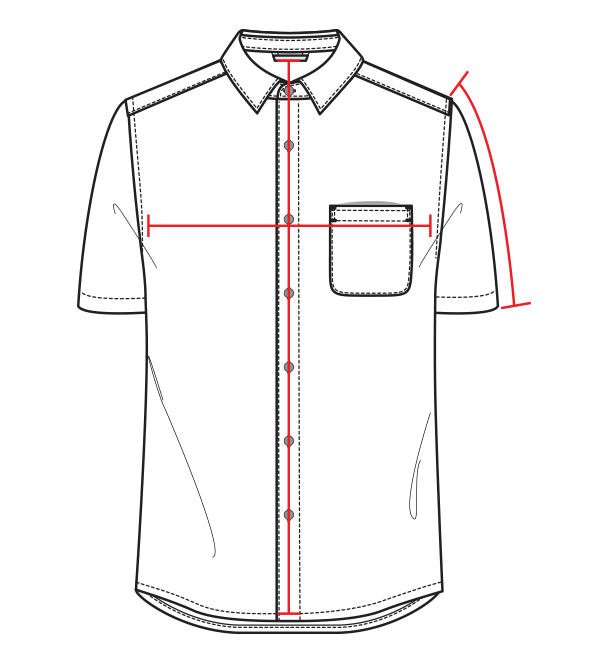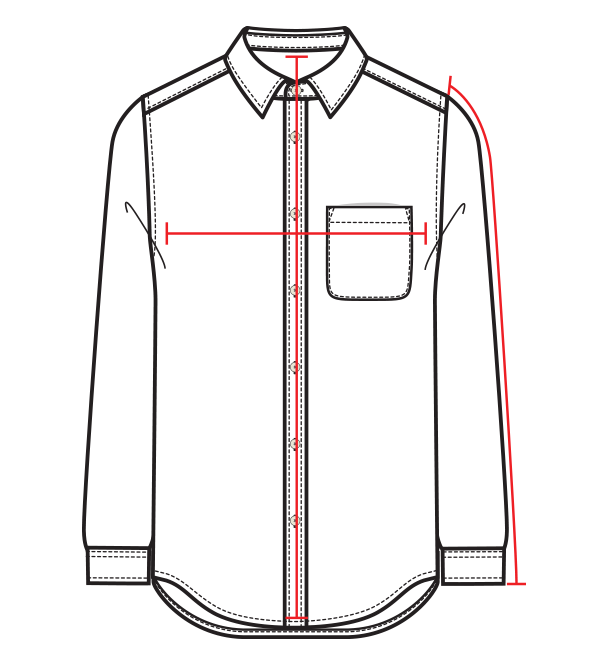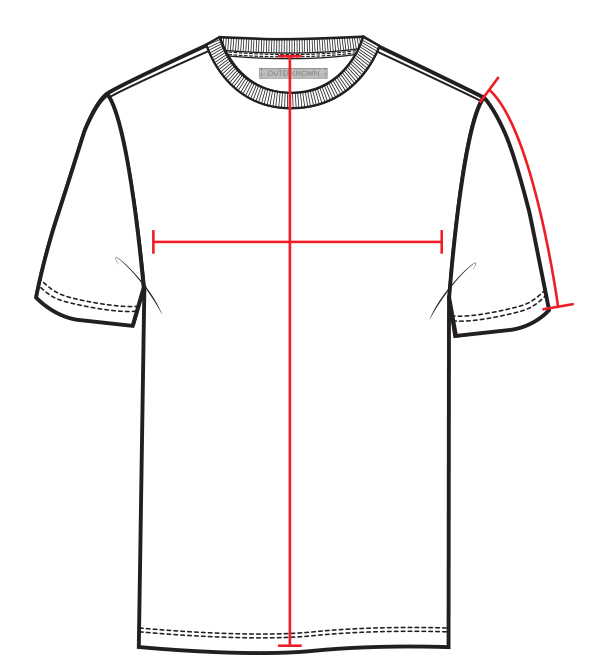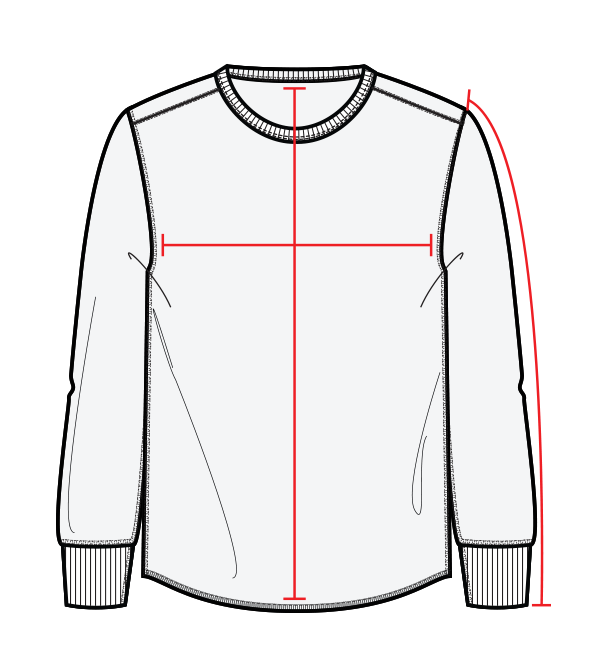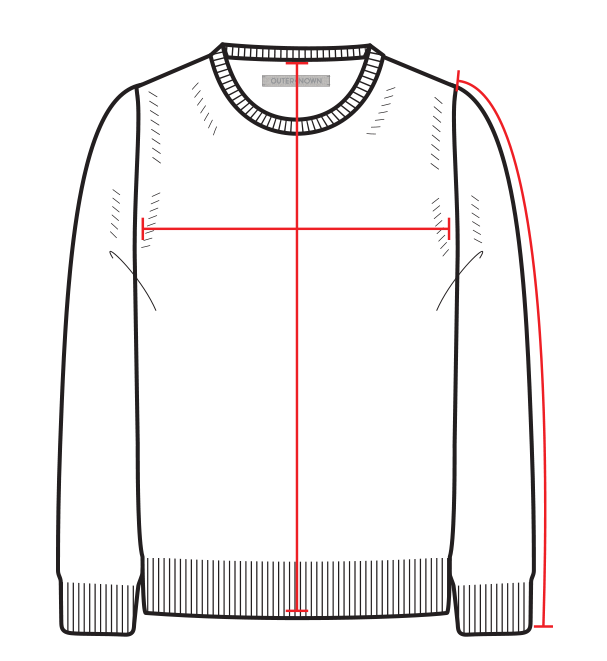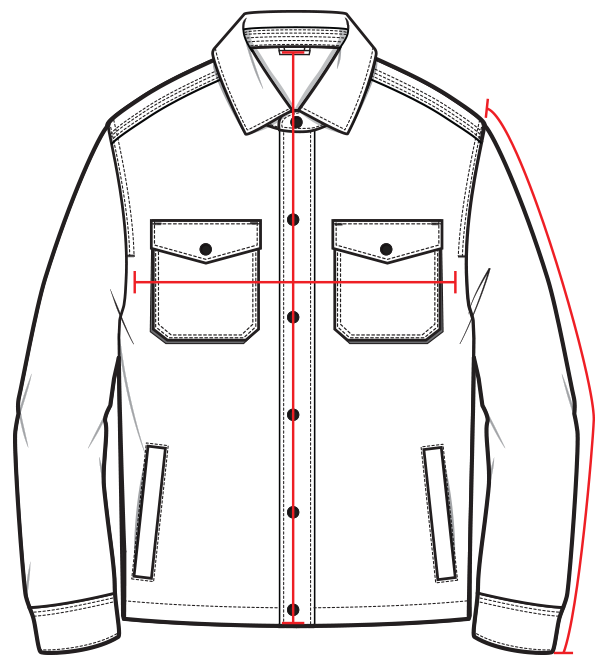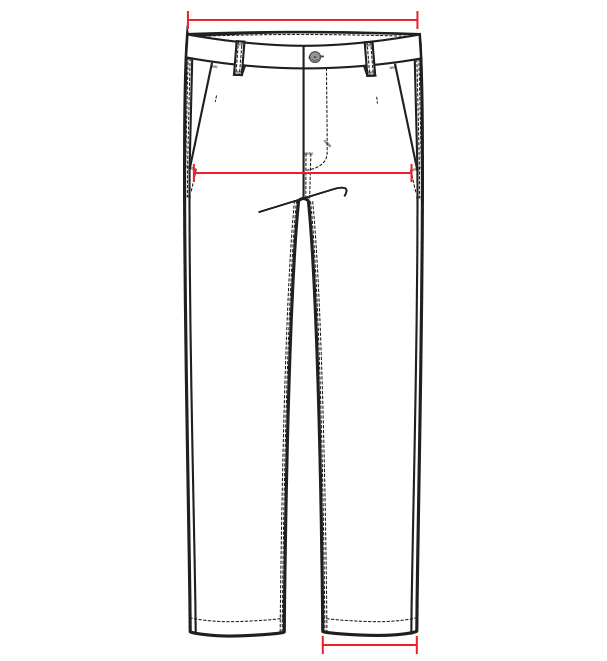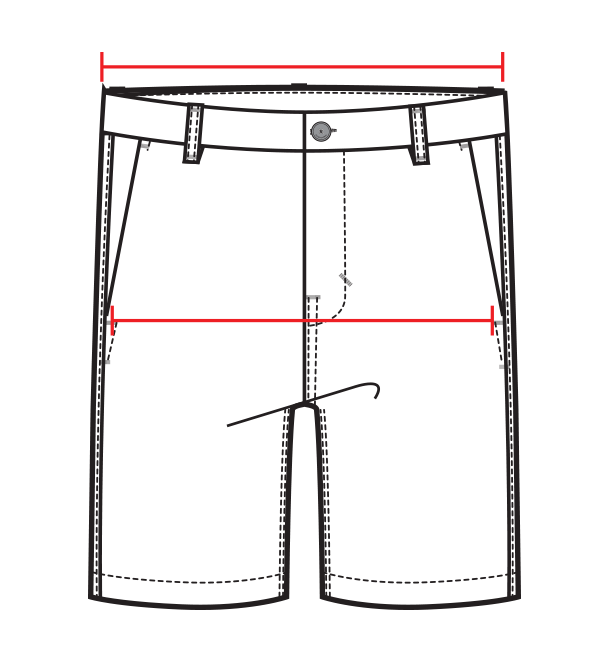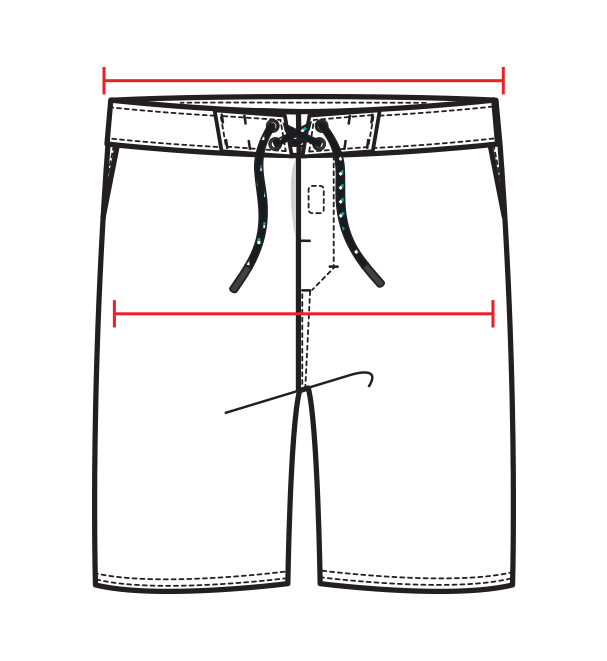Photographed at Waimea Bay in summer when the waves are flat and water’s clear, the Outerknown S.E.A. Jeans campaign is a real walk the walk (or more like swim the swim) affair. Fourteen North Shore watermen (most of whom are lifeguards), ace lensman Todd Glaser, and OK Creative Director John Moore dipped deep into the brine to capture something unique and authentic across the board. The ocean is where these guys work and play. The ocean is something Outerknown covets, and bringing these jeans to the water is testament to just how cleanly they’re made. I caught up with three key players in the shoot—Mark Cunningham, Bryan Phillips, and Kamu Davis—and got their take.

What inspired you to become a lifeguard?
Cunningham: I think it was when I was a young grom, swimming at the Elks Club pool in Waikiki, and I saw the lifeguard sitting by the pool deck with his Ray-Bans on, and he was strong and tan and fit, and he would go surfing on his lunch break, and that was my first introduction to lifeguarding. He was just an older fit, strong, cool cat, and I thought, That could be me.
Phillips: All the guys that came before me are my biggest influences—guys like Abe Lerner, Mark Dombroski, Rick Williams, and obviously Eddie Aikau was a huge inspiration on all of us growing up. I was a junior lifeguard as a kid, and that just kind of sparked my interest. All those factors combined made it a natural progression to go straight into it, right out of high school.
Davis: My grandfather. I looked up to him as a kid in all aspects. He was all about sharing knowledge with people. Everything I know about the ocean comes from my grandfather. I was in college, came back in 2005, I had some really good friends who were doing the lifeguard test, I decided to do the test with them. I passed, got offered a position, and now it’s been ten years.
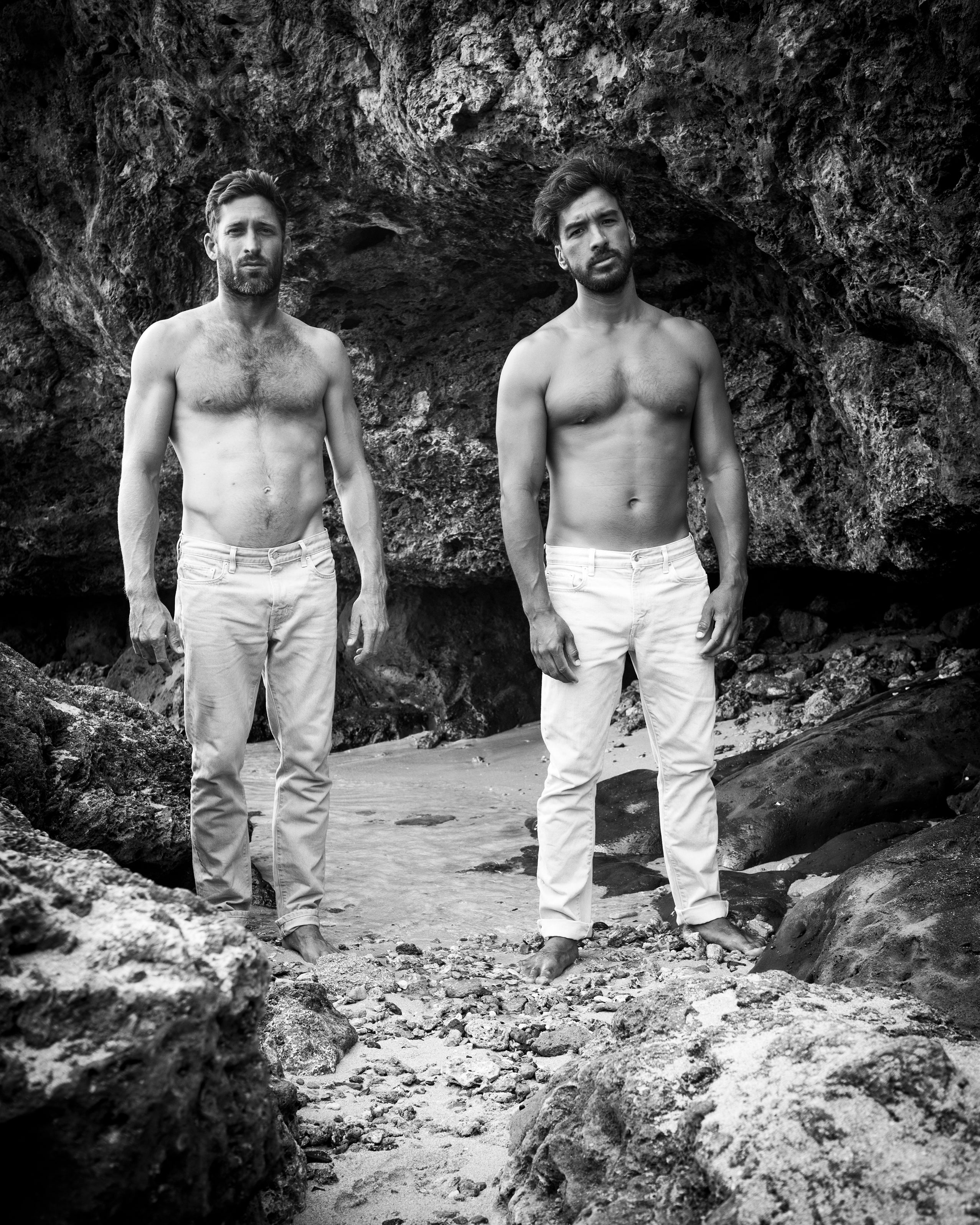
What makes you most excited about lifeguarding?
Cunningham: Going to the beach. You never know what the ocean is going to give you. That’s why we go there.
Phillips: Just working in an environment where you don’t know what it going to happen from day to day. And added to that just being able to help and educate people and do rescues. There’s some days where you might not have something, but then there’s other days where, for lack of a better term, the shit’s hitting the fan and it’s going down. On the North Shore it can be very high-stress and all fun at the same time.
Davis: I don’t think I’ve ever had a day when I’m not stoked to go to work. I think it’s important to be a good role model to younger kids and to the community.
Heaviest experience in the line of duty?
Cunningham: My first CPR case. This was my first summer lifeguarding in Hawaii, and it was out beyond Sandy Beach, and it was the end of the day and we got word that someone was in trouble, and I had to hop in a car with a senior guard we had to drive a half-mile on the side of the road and do CPR to no avail. I was still a teenager, and for the first time in my life I was working on a dead body. That made me realize that this was a life or death deal.
Phillips: Any time you’ve got to actually work on someone and do CPR, those are always the heaviest rescues. And we live in a small community, so a lot of times when a surfer gets injured you’re just hoping and praying for them, number one, and also hoping and praying that it’s not your friends or your loved ones. We treat every incident or accident with the highest regard, but when it’s close to home and it’s a friend, those are the scary ones.
Davis: This was at Ke Iki, winter of 2009/2010. We got a call that there was a lady outside, there was an incoming swell, it was easy 10 to 15 feet. I remember going through the impact zone, getting out there, she was there, she had a one-piece on, and a freak set came, and I just knew that I wasn’t going to be able to get to her in time. I tried my best. I remember seeing her face as the set came; she got mowed by three to five waves. By the time we got to her she was lifeless. You know, that’s really hard to take home.

What got you psyched to do the shoot?
Cunningham: Who really coordinated it was Bryan Philips, the next generation of North Shore lifeguards. He’s just an outstanding young man who’s in charge of the junior lifeguard program sorta semi-statewide. It was just an opportunity to work with the young guns, and get to the beach and swim at beautiful Waimea Bay with my friends. Working with a pro like Todd Glaser and John Moore and all the guards—it was really fun.
Phillips: Todd Glaser and Kelly are friends of mine. And I thought it was a cool thing to be a part of. The shoot was great. It was very relaxed; it was easy. It was just hanging out with a really big group who are all my friends. It never felt forced. We were all really stoked to be part of it.
Davis: What really got me into it was Bryan (Phillips). It was an awesome experience. It was good to get a behind-the-scenes look into what the whole focus is with S.E.A. JEANS.
What do you like most about the jeans?
Cunningham: I like just how environmentally friendly they’re made. How they’re gentle on the planet.
Phillips: It was really neat to be educated about the jean industry and the clothing industry as a whole. I didn’t realize the amount of pollutants that actually go into our waters from the clothing industry. Since Outerknown has taken these strides to be more environmentally conscious and use different practices—that was a real eye-opener. And diving into it through my own research, I was kind of blown away. I give them huge props for trying to be a leader in that industry.
Davis: I wore The Drifter, which is a more tapered fit, loose around the waist, not too blousy, great fit, really comfortable.

What should everyone know about lifeguards?
Cunningham: Respect them, be kind to them, ask them questions. Heed any lifeguard’s advice.
Phillips: I’ve been a North Shore lifeguard for fourteen years, and a lifeguard for fifteen years. When you look up at the tower, we’re watching, we’re keeping an eye on everybody, and we want to educate people about the danger of our waters. And being a North Shore lifeguard is a huge honor, and I work alongside some of the best watermen in the world, so we just want to make sure everyone is educated about our ocean and make good, informed decisions. We’re there to talk to you, we encourage that, and we’ll point you in the right direction.
Davis: Know your limits. That’s the most important thing with ocean safety around the globe. The most important thing we do is save lives, but also saving people from themselves, if that makes sense. It’s important to see what the ocean’s doing, and to know your limits.
JAMIE BRISICK IS A WRITER, PHOTOGRAPHER, AND DIRECTOR. HE SURFED ON THE ASP WORLD TOUR FROM 1986 TO 1991. HE HAS SINCE DOCUMENTED SURF CULTURE EXTENSIVELY. HIS BOOKS INCLUDE BECOMING WESTERLY: SURF CHAMPION PETER DROUYN’S TRANSFORMATION INTO WESTERLY WINDINA, ROMAN & WILLIAMS: THINGS WE MADE, WE APPROACH OUR MARTINIS WITH SUCH HIGH EXPECTATIONS, HAVE BOARD, WILL TRAVEL: THE DEFINITIVE HISTORY OF SURF, SKATE, AND SNOW, AND THE EIGHTIES AT ECHO BEACH. HIS WRITINGS AND PHOTOGRAPHS HAVE APPEARED IN THE SURFER’S JOURNAL, THE NEW YORK TIMES, AND THE GUARDIAN. HE WAS THE EDITOR OF SURFING MAGAZINE FROM 1998-2000, AND IS PRESENTLY THE GLOBAL EDITOR OF HUCK. IN 2008 HE WAS AWARDED A FULBRIGHT FELLOWSHIP. HE LIVES IN LOS ANGELES. FOR MORE OF HIS WORK CHECK OUT JAMIEBRISICK.COM & @JAMIEBRISICK





